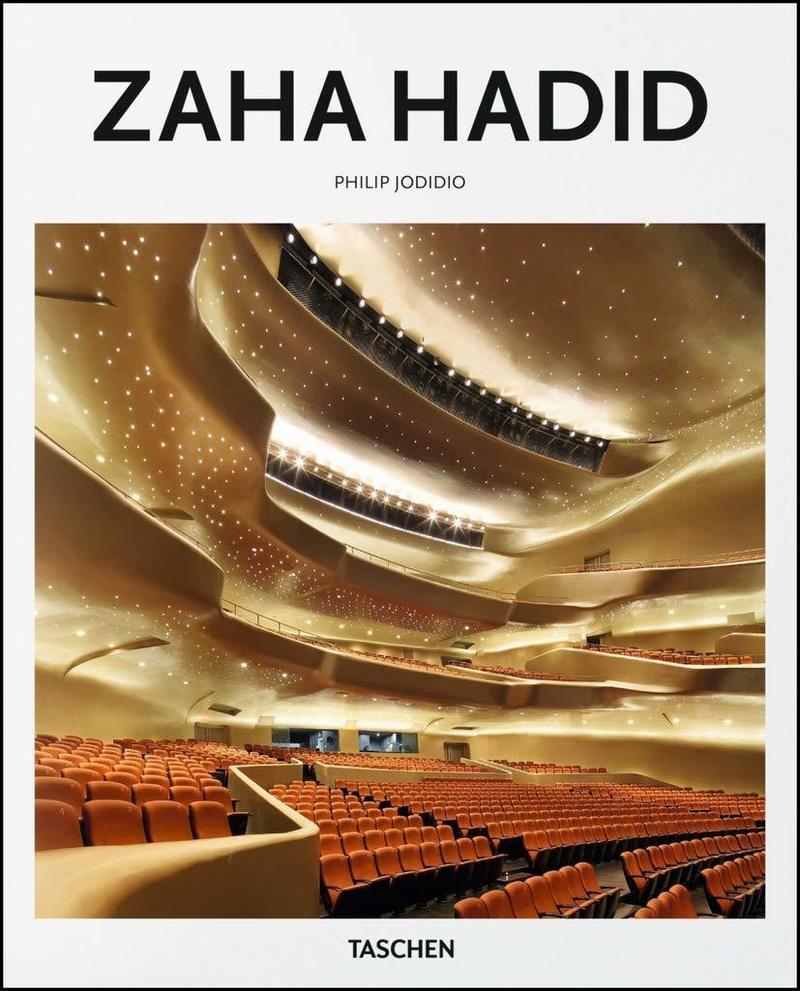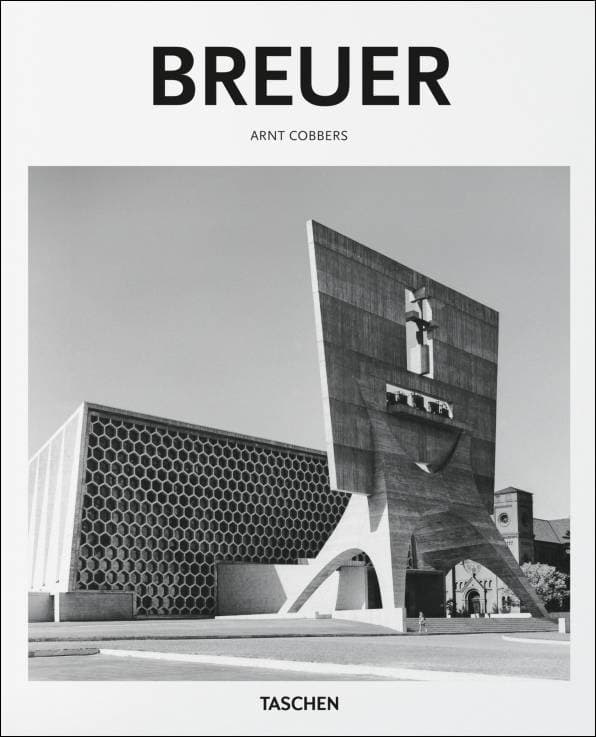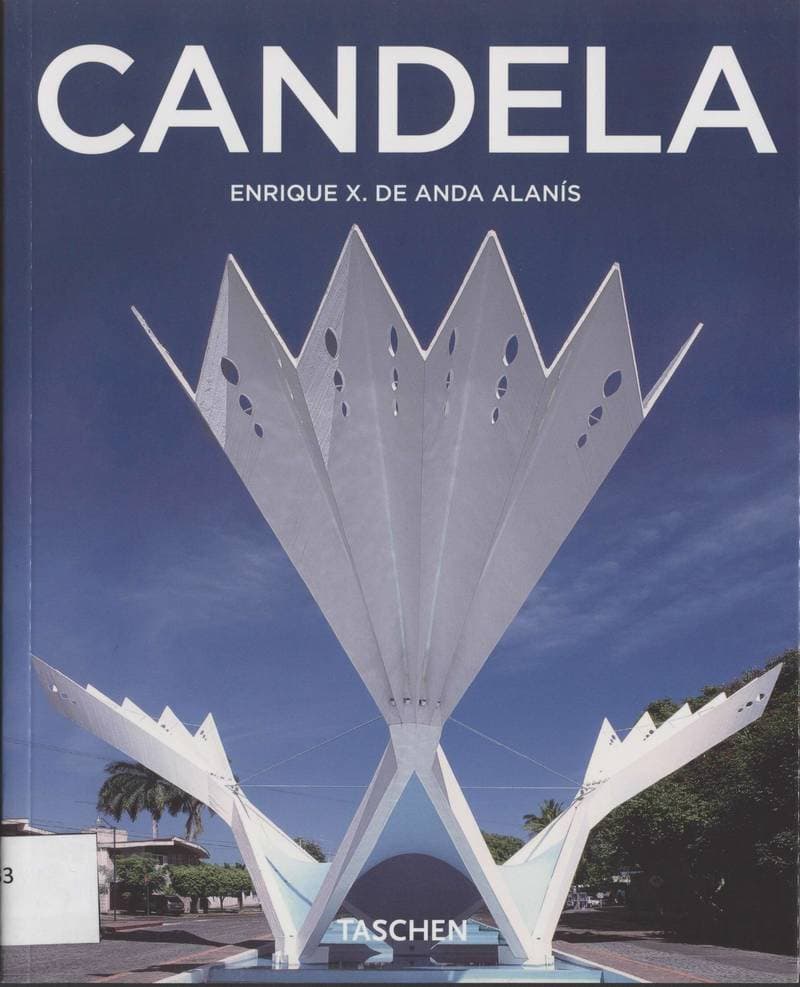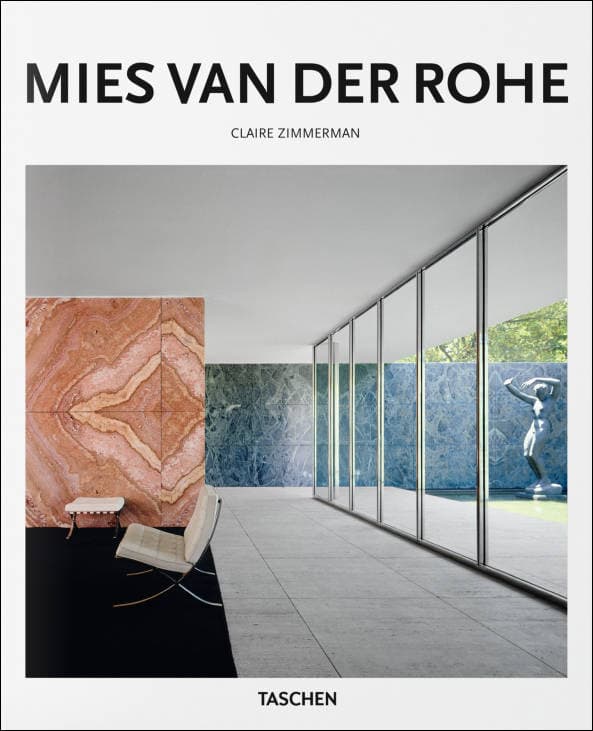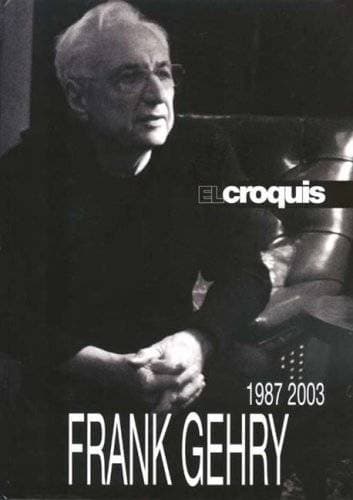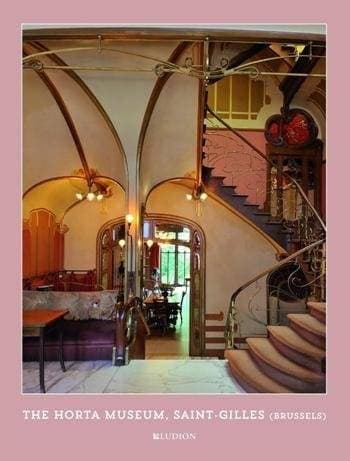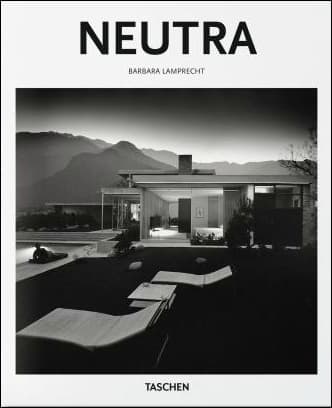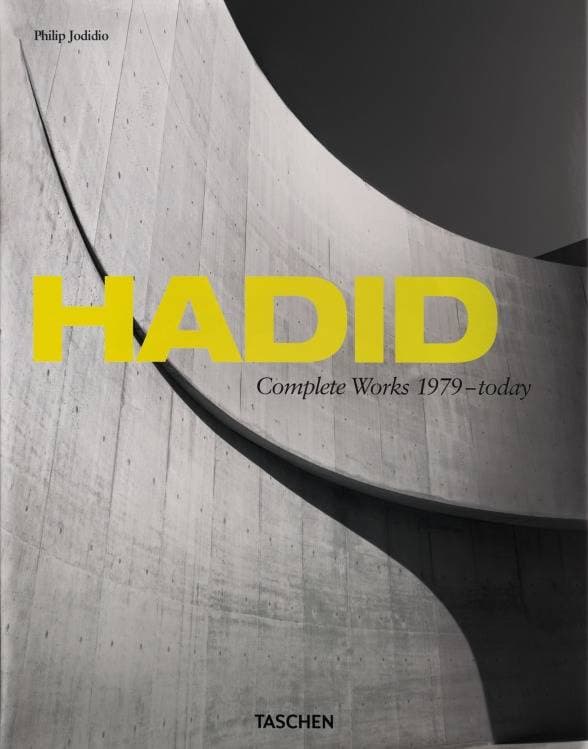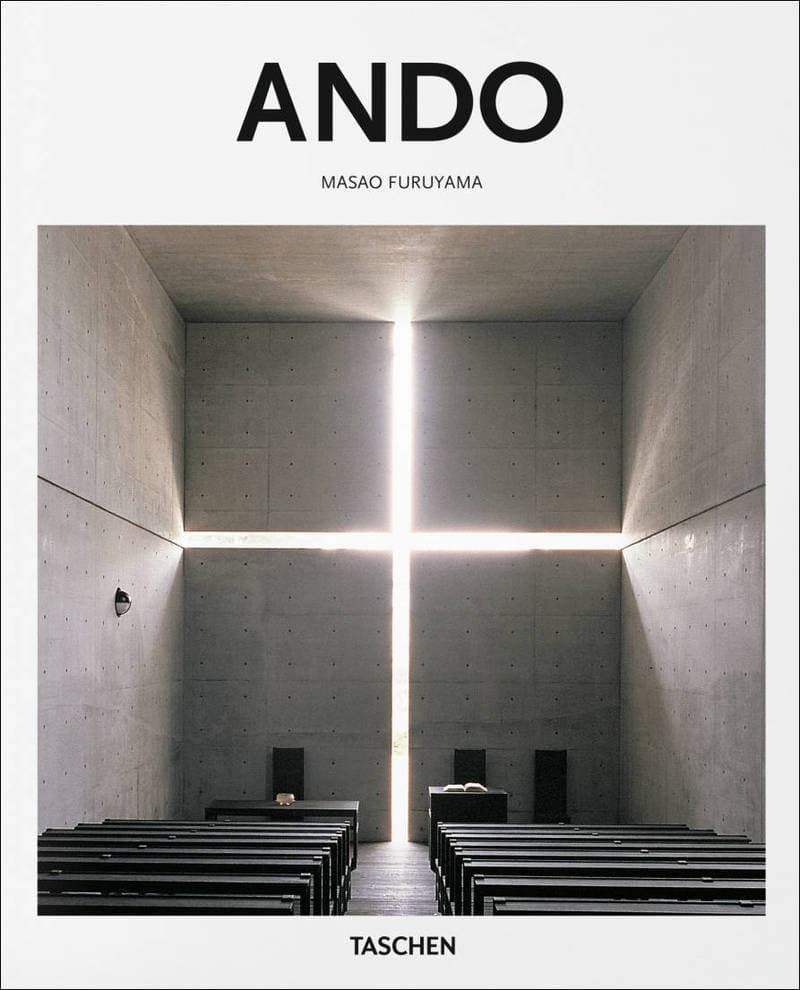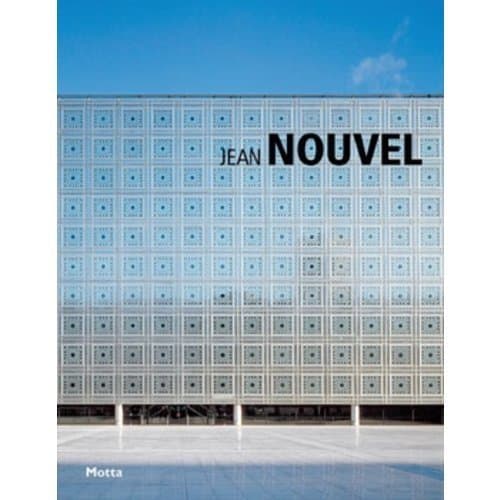Zaha Hadid, 1950–2016: The explosion Reforming Space
Zaha Hadid was a revolutionary architect, who for many years built almost nothing, despite winning critical acclaim. Some even said her audacious, futuristic designs were unbuildable. During the latter years of her life, Hadid’s daring visions became a reality, bringing a unique new architectural language to cities and structures as varied as the Rosenthal Center for Contemporary Art in Cincinnati, hailed by The New York Times as “the most important new building in America since the Cold War;” the MAXXI Museum in Rome; the Guangzhou Opera House in China; and the London 2012 Olympics Aquatics Centre. At the time of her unexpected death in 2016, Hadid was firmly established among the elite of world architecture, recognized as the first woman to win both the Pritzker Prize for architecture and the RIBA Royal Gold Medal, but above all as a giver of new forms, the first great architect of the noughties. From her early sharply angled buildings to later more fluid architecture that made floors, ceilings, walls, and furniture part of an overall design, this essential introduction presents key examples of Hadid’s pioneering practice to study an artist, as much as an architect, who fought to break the old rules and crafted her own 21st-century universe.
Details
Cologne
2016
96 pages
9783836536356
Open stacks
Yes
Yes
720.33 Had
1
- Marcel Breuer, 1902–1981: Form Giver of the Twentieth Century2017
- Felix Candela, 1910–1997: the mastering of boundaries2008
- Mies van der Rohe, 1886–1969: The Structure of Space2016
- La Regola delli cinque ordini d'architettura di M. Jacopo Barozzio da Vignola
- El Croquis Frank Gehry 1987–20032006
- The Horta Museum2013
- Richard Neutra, 1892–1970: Survival through Design2016
- David Chipperfield. Architects, 19852015
- Hadid: Complete Works, 1979 — Today2013
- Tadao Ando: The Geometry of Human Space2016
- Jean Nouvel2009
- Santiago Calatrava. Architect, Engineer, Artist2016
